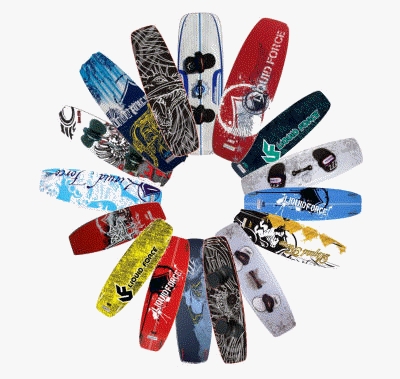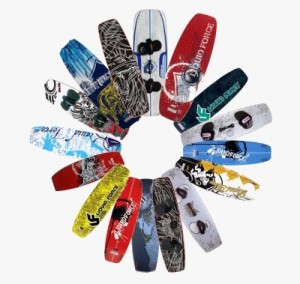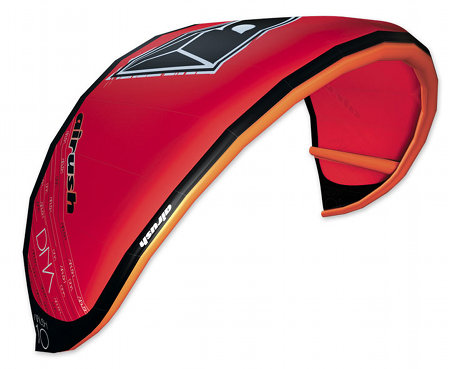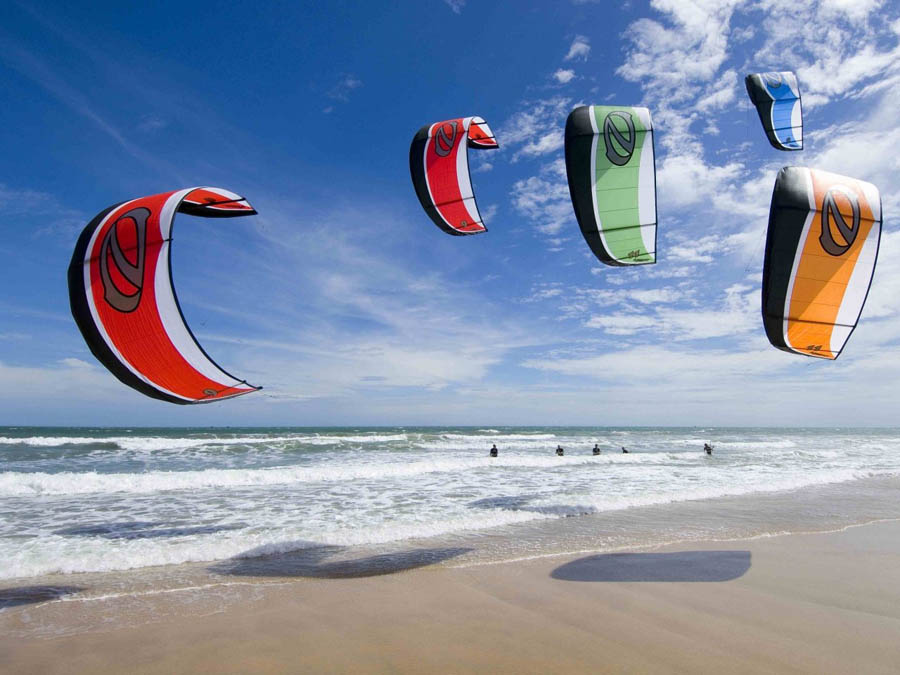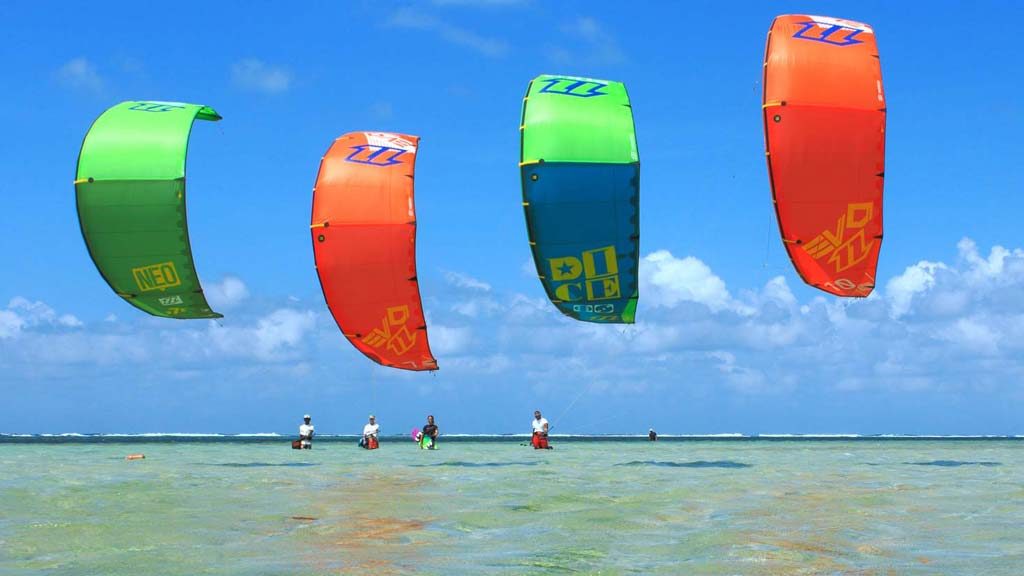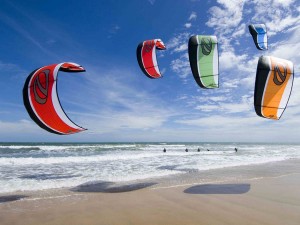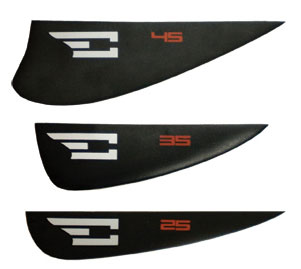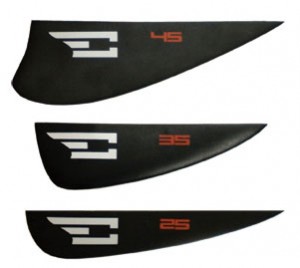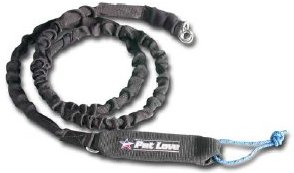

Whether to use a board leash or not is something that every aspiring kitesurfer asks at some point. Here I lay out the arguments for and against so you can make up your own mind.
Board leashes were designed to prevent you from losing your board. As a beginner you will be coming off your board and crashing your kite lots. Having a board leash on gives you one less thing to worry about while your struggling to re launch your kite as you don’t have be concerned that your board is disappearing as you go. Leashes however, have several spin off advantages which can be even ore useful to the aspiring kitesurfer than the use for which they were originally intended.
The main advantage to wearing a board leash for the beginner is that while your practicing to board start or enjoying your first runs on the board you won’t have to spend time chasing your board around every time you fall off or let go of it. This can lead to you having much more time to actually practice your board starts/riding skills as opposed to your body dragging skills. This simple piece of equipment can decrease your learning time by hours even days if the water state is pretty rough or the local conditions not ideal.
Added to this is the fact that by using a board you have 2 hands free at all times to control the kite. This can be a huge advantage if you’re trying to drag out through big waves or if you’re still not 100% confident on the kite.
Of course it could be said that if you are a stage where you are struggling to either recover your board all the time by body dragging or you can’t get out through the waves while flying the kite one handed you shouldn’t be practicing with a board but should be working on these skills instead. However humans being what we are…people tend to fixate on getting on the board and will tend to push ahead to master these skills first, coming back to polish the other skills later in their kitesurfing careers. Thats not to say I’m recommending doing that, however I simply know that’s how human psychology works.
When it comes to the disadvantages of using board leashes the consequences are slightly more scary. Riding with a board attached to you is not dissimilar to being chased by a guided missile. If you come off the board at any speed, tension can stack in the line and when the leash reaches it’s elastic limit there is only one way it’s going…straight back at you. This can lead to some very nasty accidents and it for this reason that if you are going to use a board leash you should also have a helmet and impact vest/buoyancy aid to protect your vital parts.
The leash can also be a hindrance when exiting the water. If you dally in the shallows the board has a tendency to get picked up by the waves as they ebb off the beach. The next wave to arrives then picks up the board and slams it into your heels/shins/other tender bits! When exiting the water with a leash in waves do it fast or unattached the board before you try.
The same applies when you have a leash in bigger waves, if the board gets in front of you then the next passing wave can pick the board up and slam it into you.
Of course these things can also happen even if you don’t have a leash but the leash keeps the board closer to you and so increases the likelihood of something like this occurring.
The leash can also get wrapped around either you or your bar and lines, with the latter being particularly serious as this effectively strangles your control of the kite and inevitably send the kite into a death roil with you helpless on the end of it.
Coming off the board at speed with a leash normally results in the leash attachment line breaking so that the board isn’t damaged however if this line is too string or doesn’t break for some reason this can result in damage to the board as in these cases something has to give, I’ve seen huge chunks literally torn out of boards because of this.
The other issue attached to wearing leashes is more practical in nature. By becoming dependent on a leash you reduce the time you’re practicing upwind body dragging. This is an essential skill which needs to be mastered early if you are to progress to becoming an independent kitesurfer, believe me I spent a year learning this particular skill and the hours of time I wasted and the number of boards I lost because of my stubborn refusal to learn cost me more than I like to think.
Something I can wholeheartedly recommend is wearing one of the dog leash style board leashes. These are a bit like a tape measure and extend out to about 30 meters. Now I don’t recommend kiting with these attached to the board but they can be useful if your kite comes down and you can’t relaunch it. With one of these, if you’re quick you can leash on your board push it well away from and then use 2 hands to get the kite back in to a relaunch position. Then pull the board back to you and un attach the leash before relaunching the kite.
This all sounds like a very negative assessment of board leashes…well it is, just do a quick google search of kitesurf board leash injuries and you’ll see why.
